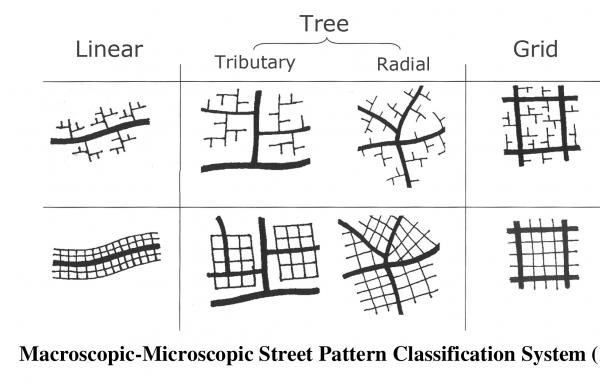Streets
We need street network reform, not just housing, to create abundant, thriving, healthy communities.
The Adaptation Village offers a twist on the street grid, consisting mostly of slow-speed, shared-use mews.
The fast-growing Indianapolis suburb had the gumption to reform its suburban street network—a rare achievement that should get more attention.
Camp Washington, a neighborhood in Cincinnati, has tremendous potential to grow. Planners offer a blueprint for walkable development, focusing on public realm improvements like a two-step process for intersection repair.
The semi-annual Dangerous by Design identifies the most dangerous regions and deadly modern thoroughfares, designed so that too many people die in the prime of life.
Wes Marshall’s new book, Killed by a Traffic Engineer, reveals the profession’s shaky, unscientific foundations—and points the way to safer, healthier streets.
The demolition and replacement of Syracuse’s I-81 viaduct with a “community grid” cleared a key legal hurdle, as a New York State court unanimously overturned a lower court ruling blocking the project.
An American Society of Civil Engineers survey shows the challenges to creating more walkable streets, yet the way forward is to enable more context-based design.
A study looks at hierarchical and interconnected street networks, concluding that you can't have effective mixed-use without street grids, which provide many benefits.
A nationwide study of more than 1,000 street sections sides with urbanists and planners in the long-standing battle with traffic engineers over the benefits of narrow travel lanes in urban places.
New York State DOT is moving forward with replacing the I-81 viaduct, which has divided the Upstate city for six decades, with a grid of streets. But the design will determine whether this is a human-scale community grid or marred by a suburban...
These five design and implementation ideas could be repeated in many locations to create more equitable and sustainable, socially and economically robust corridors.











